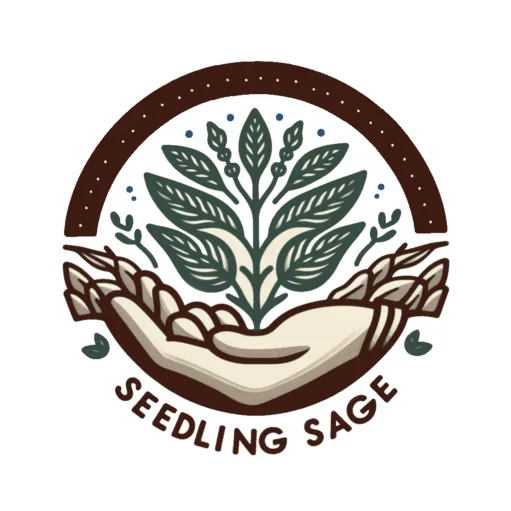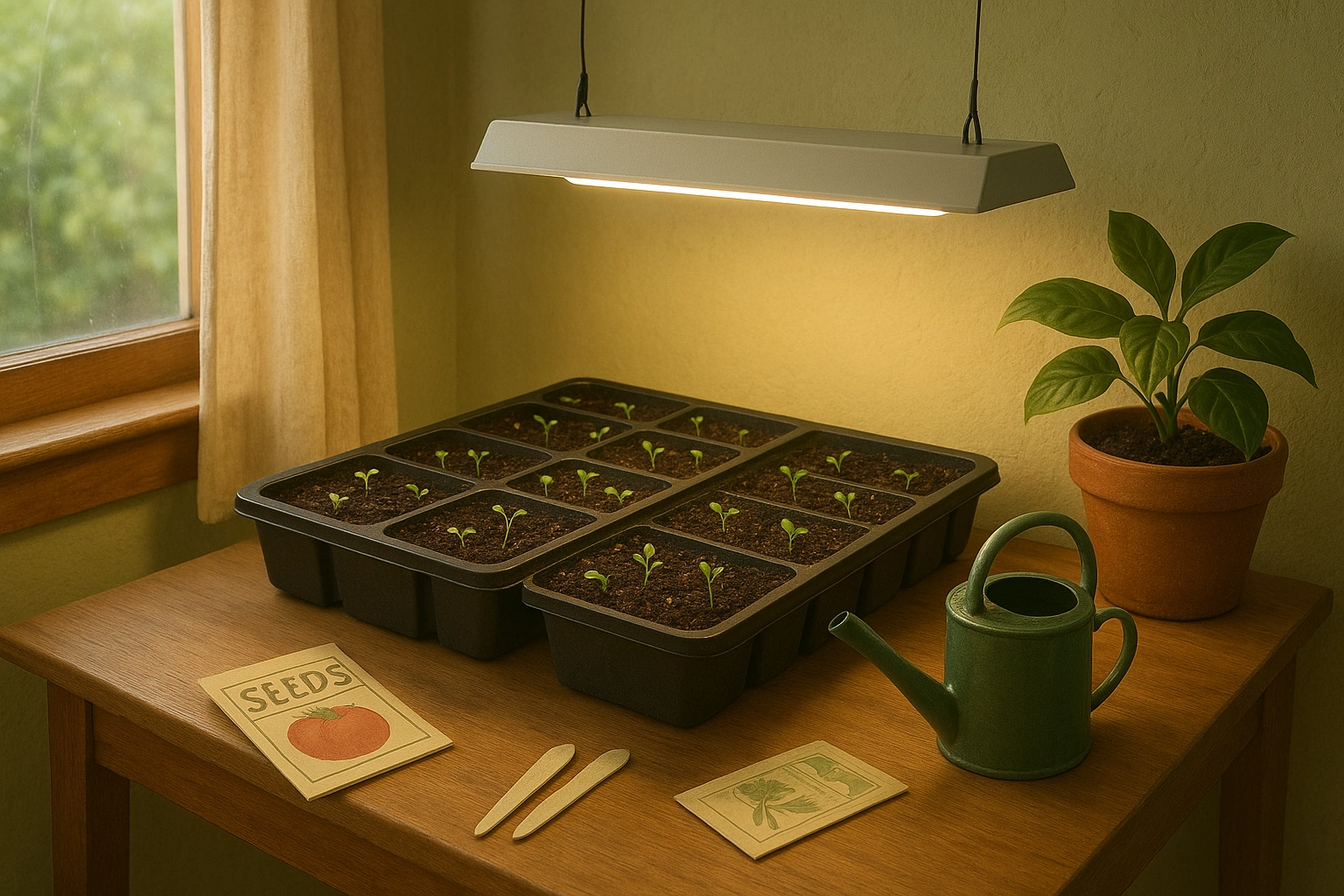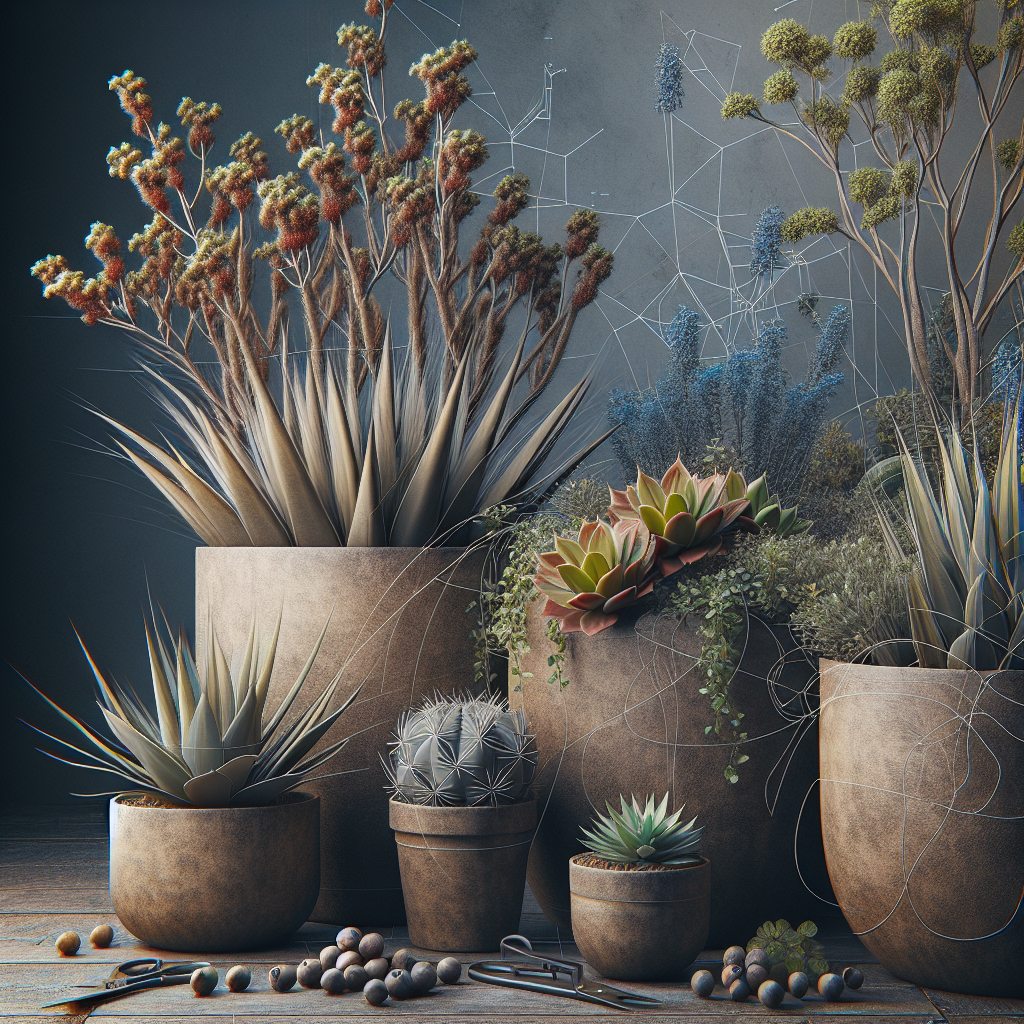Thriving in Containers: Power Up with the Best Organic Soil
November 14, 2024 | by Emma Sage
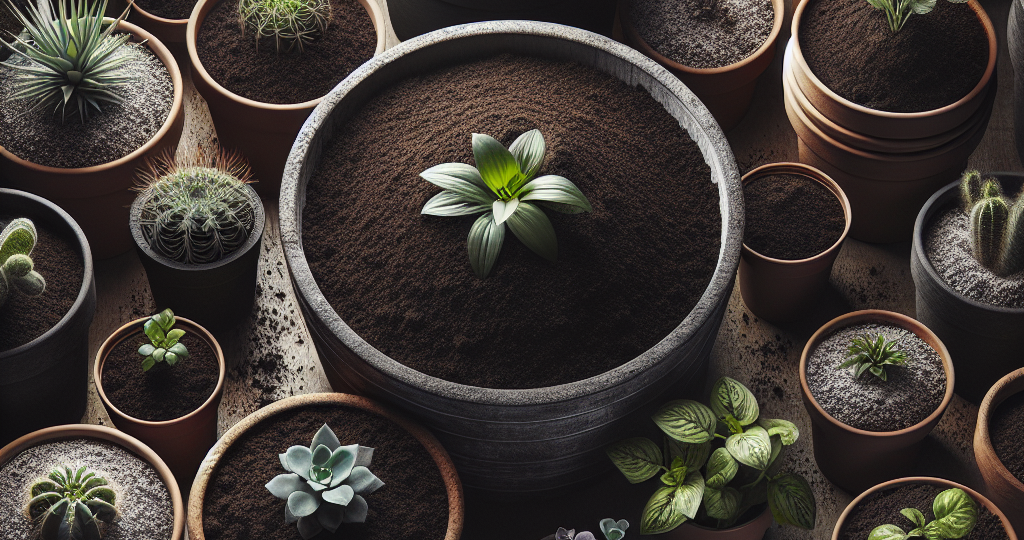
BEST ORGANIC SOIL FOR CONTAINER GARDENING
2,482 words
Discover the best organic soil for container gardening and watch my plants thrive in any space!
Soil for Container Gardening
Alright, here’s the scoop on soil for container gardening. I’ve learned through a blend of trial and error (and a few wrinkled plants) that getting the soil right is a game-changer for healthy, happy plants.
Ideal Soil Composition
Think of the soil like a cake mix—it needs just the right ingredients to come out perfect. Our “cake mix” here is loamy soil, a magical combo of sand, clay, and organic oomph. Sandy soil keeps it light and breezy, clay adds some heft, and organic matter is like plant happy-juice. This mix ensures that my plants aren’t getting a surprise swimming lesson or a thirst trap; they get what they need, when they need it.
Here’s how the perfect soil recipe breaks down:
| Soil Component | Ideal Percentage |
|---|---|
| Sand | 25-50% |
| Silt | 25-50% |
| Clay | 10-20% |
| Organic Matter | 10-30% |
Oh, and if you’re as obsessed as I am, you should check out organic container gardening supplies for some rad mixes that make life easier.
pH Requirements for Various Plants
So, let’s talk pH—we want that Goldilocks zone of slightly acidic to neutral, around 6.0 to 7.0, to make our veggies do a happy dance. Got on board with regular pH testing after a few facepalms. Keeping tabs on those numbers lets nutrients do their thing. Organic helpers like compost make the soil bustling with life, which plants totally dig.
Here’s a quick cheat sheet for veggie pH needs:
| Vegetable | Ideal pH Range |
|---|---|
| Tomatoes | 6.0 – 6.8 |
| Peppers | 6.0 – 7.0 |
| Carrots | 6.0 – 6.8 |
| Lettuce | 6.0 – 7.0 |
| Spinach | 6.5 – 7.5 |
If my soil’s too pouty and acidic, a bit of lime does the trick—just remember, it’s not one-size-fits-all. Different soils, different strokes, as explained by Clemson University Cooperative Extension Service.
And don’t get me started on organic fertilizers—compost, manure, bone meal—they’re the slow and steady partners in crime, feeding my plants sustainably. They really get that nutrient party started, and I’m all about going green with my gardening ways. There’s more to dig into at organic fertilizer for container plants.
By keeping an eye on that soil mix and those pH numbers, my little container garden stays lively and booming. Trust me, it’s worth the effort.
Nutrient Management in Soil
As I jump into container gardening, getting the hang of nutrient management is key to keeping my plants happy and thriving. So, let’s break down the essential nutrients plants need and dive into why organic matter is a game-changer for soil quality.
Types of Nutrients Needed
To keep plants in tip-top shape, they’re going to need some major and minor players in the nutrient department. Let’s break it down big time:
| Nutrient Type | Nutrients Included | What It Does for Plants |
|---|---|---|
| Primary Nutrients | Nitrogen (N), Phosphorus (P), Potassium (K) | Boosts overall growth, fortifies roots, and aids blooming |
| Secondary Nutrients | Calcium (Ca), Magnesium (Mg), Sulfur (S) | Supports cell walls and keeps enzyme activities in check |
| Micronutrients | Iron (Fe), Manganese (Mn), Zinc (Zn), Copper (Cu), Boron (B) | Although needed in teensy amounts, they’re crucial for plant metabolism |
Even if those secondary and micronutrients can be a bit fussy, it’s usually down to the soil pH being wonky. That’s why it’s smart to give the soil a test now and again to keep those nutrient levels on point.
Organic Matter and Soil Quality
In my hunt for the right organic soil for container plants, I learned that tossing in organic matter amps up soil quality like nothing else. Compost, manure, and other natural goodies not only pack a nutrient punch but also improve how the soil holds together and retains moisture.
Unlike those chemical fertilizers that can hit hard and fast, organic options slowly release their mojo, building up soil life over time. This slow-release means my plants get fed steadily and sanity—it’s like setting my garden on auto-feed. Plus, chucking in organic matter keeps my container soil nice and moist between water sessions.
Don’t skip on soil testing; it’s like taking your plants for a check-up to see if they’re getting their fair share of goodness. Especially smart to do before you go planting, and every few years just for good measure.
By getting savvy with nutrient management—blending organic matter with just the right fertilizers—I can make sure my little garden is more like a lush oasis. If you’re thinking of getting started yourself, take a peek at organic container gardening for beginners for a starter map on your own path!
Adjusting Soil pH
Importance of Optimal pH
Alright, let’s get down to the dirt. If you’re looking to grow anything in a pot, like your favorite herbs or maybe those funky-colored tomatoes, you gotta get the soil pH right. This isn’t just science talk—it’s the backbone of keeping your plants happy and healthy. Most greenies love hanging out in a pH range from 6.0 to about 7.0. It’s like their sweet spot where they can suck up nutrients like a party. Spend a lazy afternoon reading about how soil pH affects plants). You’ll find that 14 out of the 17 things they need from the ground are easier to gobble up in a slightly tangy mix.
Check out this cheat sheet to keep your thumbs green:
| Plant Type | Ideal pH Range |
|---|---|
| Vegetables | 6.0 – 6.8 |
| Herbs | 6.0 – 7.0 |
| Flowers | 6.0 – 7.0 |
| Fruit | 6.0 – 6.5 |
So, if I got my pH game on point, I’m gonna see those babies grow tall and strong and give me loads of what I planted ’em for.
Methods for pH Adjustment
Now, let’s chat about tweaking that soil pH to keep your plants grinning.
To Make Soil Less Sour (Raise pH)
- Lime: This ain’t no margarita stuff—adding lime to your soil makes it less acidic. Hydrated lime’s the go-to but don’t expect overnight miracles. It takes a couple of months to kick in (Southland Organics).
To Make Soil More Tangy (Lower pH)
- Elemental Sulfur: Want your soil on the sour side? Elemental sulfur’s your buddy. It naturally turns into sulfuric acid with some underground help from bacteria. Just be patient—good things come to those who wait (Southland Organics).
I like to stick with all-natural fixes. That way, my plant buddies get to enjoy a healthy meal of nutrients without fuss. If you’re daydreaming about your garden, start simple with our beginner’s rundown on organic container gardening. Mastering soil pH will make your plants happy and ready to bust out with greenery and goodies.
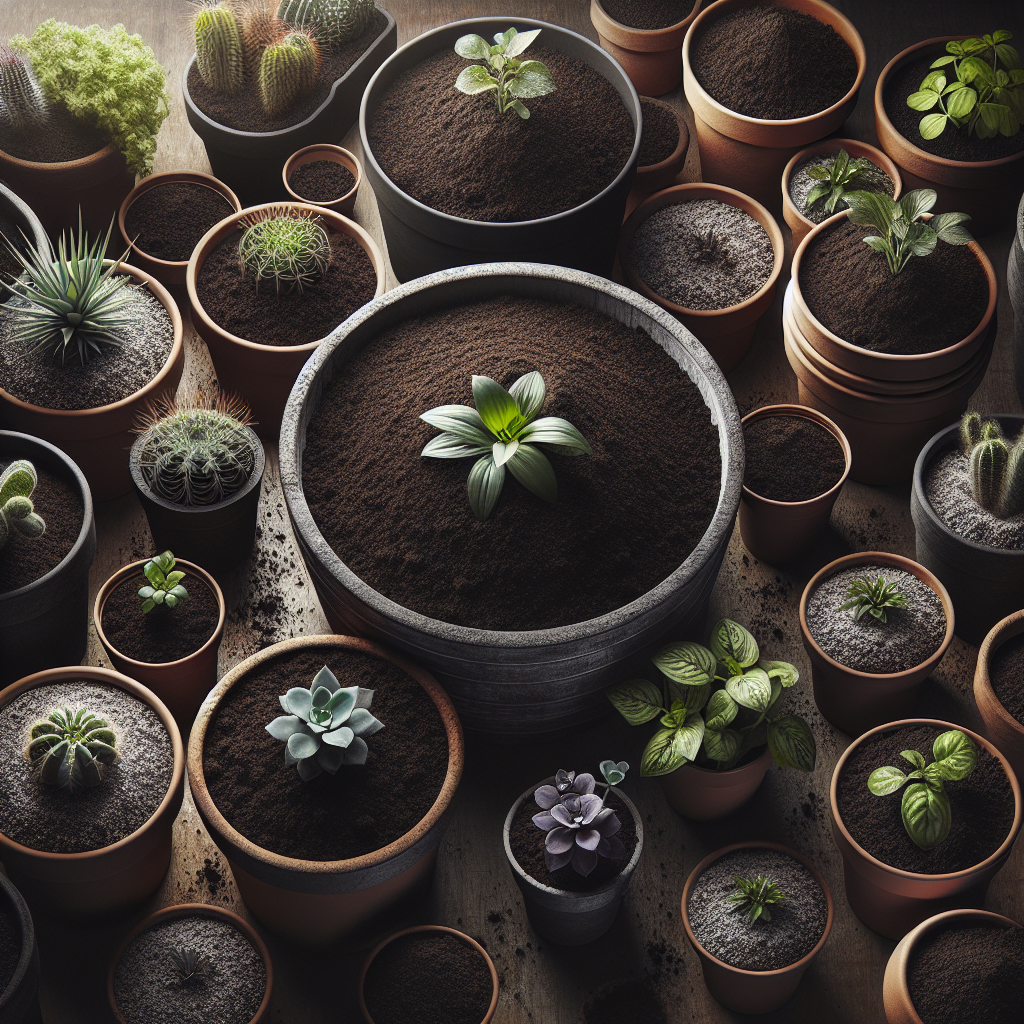
Vegetable Gardening Soil
Soil Requirements for Vegetables
When setting up my container garden, I look for soil that’s got the right balance—drains well but hangs onto enough moisture. A loam mix, where sand, silt, and clay play nicely together, usually hits the sweet spot. To pump up the goodness, I chuck in some compost, aged manure, or even leaf mold. These aren’t just fancy stuff—they actually beef up the soil structure and feed your veggies the good stuff they need to grow strong.
Now, let’s chat about pH levels. Here’s what I aim for with different veggies:
| Vegetable Type | Preferred pH Range |
|---|---|
| Tomatoes | 6.2 – 6.8 |
| Peppers | 6.2 – 6.8 |
| Herbs | Around 7.0 |
| Leafy Greens (e.g., lettuce) | 6.0 – 7.0 |
Keeping an eye on pH levels is like giving your veggies a VIP pass to nutrients. Most of the green gang likes it slightly acidic to neutral—somewhere between 6.0 and 7.0 is ideal. Regular soil testing helps me keep it in check, so my plants have the best digs possible.
Enhancing Soil Fertility
Boosting the health of my container soil? That’s all about tossing more organic matter into the mix. It’s a win-win: better quality soil and more helpful microorganisms working hard underground. I mix up my planting game with crop rotation and check soil nutrients every few years, making tweaks as needed.
Through my urban gardening adventures, I’ve learned that adding organic fertilizers is like giving your plants a bit of extra TLC. There’s a bunch of them to pick from, and I usually go with whatever fits my plant babies best. Here’s the lowdown:
| Organic Fertilizer Type | Nutrients Provided |
|---|---|
| Compost | Nitrogen, Phosphorus, Potassium, Micronutrients |
| Aged Manure | Nitrogen, Phosphorus, Potassium |
| Blood Meal | High in Nitrogen |
| Bone Meal | High in Phosphorus |
With these fertilizers, my plants get the fuel they need to go from little sprouts to big, healthy show-offs all season long. Want to dig into your own veggie venture? Check out our guide on organic vegetable container gardening or peek at organic container gardening for beginners to get started!
Container Gardening Tips
When I took my first steps into container gardening, it hit me like a sack of spuds that picking the right pot and whipping up a healthy blend of organic soil was magic for my plants’ health. Let me spill some beans on choosing the perfect container and crafting a soil mix that’s packed with nutrients.
Container Size Selection
Nailing the right size for your plant’s home is key if you’re going to make your container garden a thing of beauty. Pick a pot that’s way too big and your plant might get lost like a sock in the dryer. Go too small, and it can wither like a lettuce leaf in the sun. Here’s a cheat sheet to keep you on track:
| Plant Type | Recommended Pot Depth |
|---|---|
| Most veggies | 8 inches or more |
| Beets, broccoli, taters | 10 inches or above |
A roomier pot means roots can guzzle up all that juicy moisture and those nutrients they crave. But watch out – a baby-sized container means dry-as-a-bone soil and way too much watering. A spacious planter box keeps your greens in happy territory (EarthBox).
Nutrient-Rich Soil Mixes
Whipping up a killer soil mix is like inviting your plants to a feast. My favorites for a top-notch soil mix are these:
- Worm Castings: Nature’s candy for your plants, loaded with nutrients, good microbes, and the secret sauce for sturdy roots and disease-fighting power (Gardeners Basics).
- Compost: An all-natural miracle worker boosting soil richness and holding onto moisture like it’s nobody’s business.
- Coconut Coir or Peat Moss: They keep the air flowing and the water draining, essential for happy container plants.
- Organic Fertilizer: To keep them fed and thriving, I rely on a trusty organic fertilizer for container plants every couple of weeks.
Feeding these potted friends regularly is crucial because nutrients can shuffle off over time. For veggie boxes, I give them a little something every two to four weeks, but for the big fruit stars like tomatoes, a weekly feeding is the way to go (EarthBox).
In the end, by scoring the right pot sizes and crafting soil rich in goodness, I’ve built a strong base for my plants to flourish. These steps are the cornerstone of my quest for successful organic vegetable container gardening, and it’s wisdom I’m thrilled to share with fellow city slickers and green-thumbed eco-fans.
Keeping Plants Happy and Healthy
Starting a container garden has taught me a thing or two about keeping my plants in tip-top shape. Turns out, keeping them happy boils down to two big things: feeding ’em right and making sure they get enough sun and water.
Feeding and Fertilizing
Feeding these green pals of mine is a must for them to grow strong and sassy. I give my veggie boxes a sprinkle of magic dust, I mean fertilizer, like clockwork every two to four weeks ’cause stuff just tends to disappear from those containers over time. Sneaky nutrients! If you’re raising hungry plants like tomatoes and peppers, they might demand a weekly buffet.
Now, as much as I love watering cans, liquid fertilizers get my vote. Why? They’re like superhero smoothies for plants, soaking right through the leaves. And when picking out fertilizers, I always check they have the golden trio: nitrogen, phosphorus, and potassium. These guys are the secret sauce to plant health and growth. In case you’re interested, EarthBox has more nuggets on this.
| Fertilizer Type | How Often I Use It |
|---|---|
| Liquid Fertilizer | Weekly for the fruit-loving plants |
| Granular Fertilizer | Every 2-4 weeks |
Sunlight and Watering Needs
Besides keeping their bellies full, I make sure my plants are living their best lives under the sun. Most veggies enjoy their soil a bit on the sour side (a pH of 6.0 to 7.0 is like their happy place). Regular pH check-ups keep me on my toes. As for sunlight, aiming for 6-8 hours a day keeps my containers bright and vibrant.
Now, let’s chat water. I keep an eagle eye on soil moisture because too much water equals sad, soggy roots, and too little means cranky plants. I do the finger dip test—just stick that finger an inch into the soil. If it feels dry, it’s slurping time for those roots.
For more nifty pointers, I dig into resources like organic fertilizer for container plants and organic container gardening for beginners. Keeping my mini-garden lush is all about juggling nutrients, sunbeams, and water just right.
Happy Gardening,
Emma Sage
RELATED POSTS
View all
